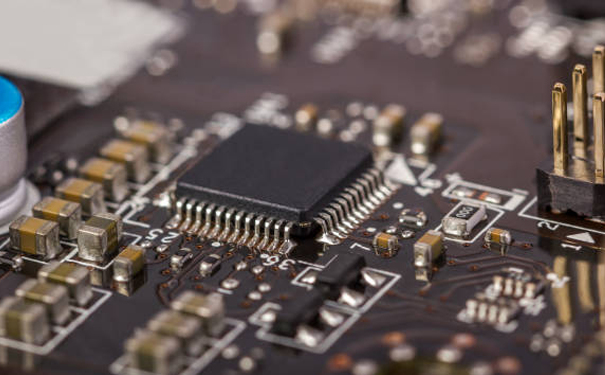Thermal relays and thermal overload relays are common electrical protection devices, but their working principles and protection objects are different. In this article, we will provide a detailed introduction to the differences between thermal relays and thermal overload relays.
A thermal relay is an electrical controller that can be used to protect circuits and equipment from electrical faults such as overload and short circuits. It is achieved by utilizing the thermal expansion principle of resistive materials to convert the relationship between current and temperature into mechanical motion. When the current in the circuit exceeds the rated current of the thermal relay, the thermal element will expand and deform, causing the electromagnetic contact to act and cut off the circuit, thereby protecting the circuit and equipment from electrical faults such as overload and short circuit.

The thermal overload relay is an electrical protection device specifically designed to protect electric motors. It achieves protection by utilizing the heat of the electric motor. When the electric motor is running, a certain amount of heat will be generated due to factors such as friction and load. The thermal overload relay measures the operating current and temperature of the motor. When the current or temperature exceeds the rated value, the thermal overload relay will act and cut off the power supply of the motor, thereby protecting the motor from electrical faults such as overload and short circuit.
It can be seen that the main difference between thermal relays and thermal overload relays lies in their different protection objects. Thermal relays can be used to protect various electrical equipment and circuits, while thermal overload relays are mainly used to protect electric motors. In addition, the thermal overload relay can also be selected based on the rated power and rated current of the motor to ensure the reliability of its protection effect.
The above is an introduction to the differences between thermal relays and thermal overload relays
The copyright of this article belongs to the original author. The reprint of the article is only for the purpose of disseminating more information. If the author's information is marked incorrectly, please contact us immediately to modify or delete it. Thank you for your attention!

